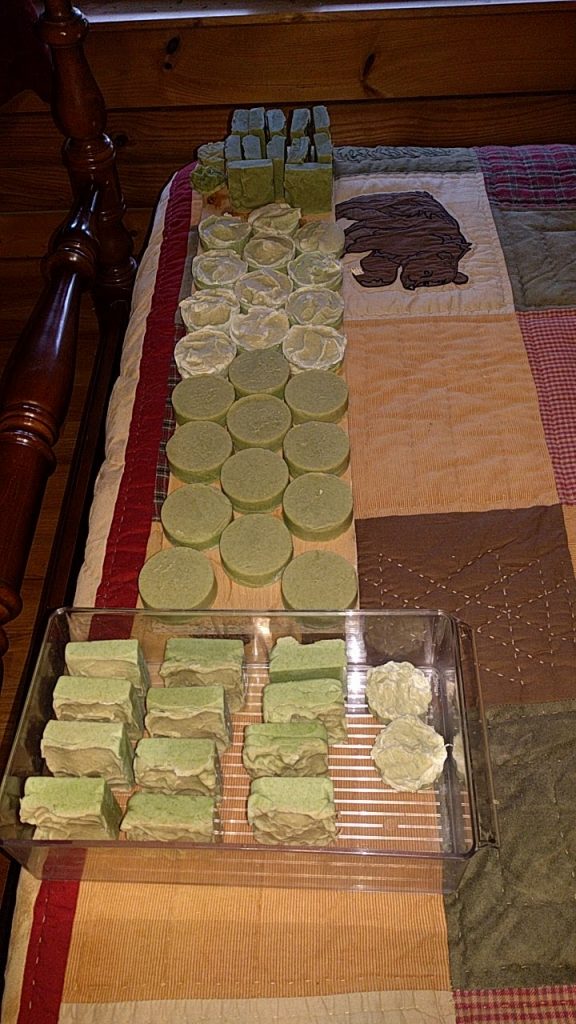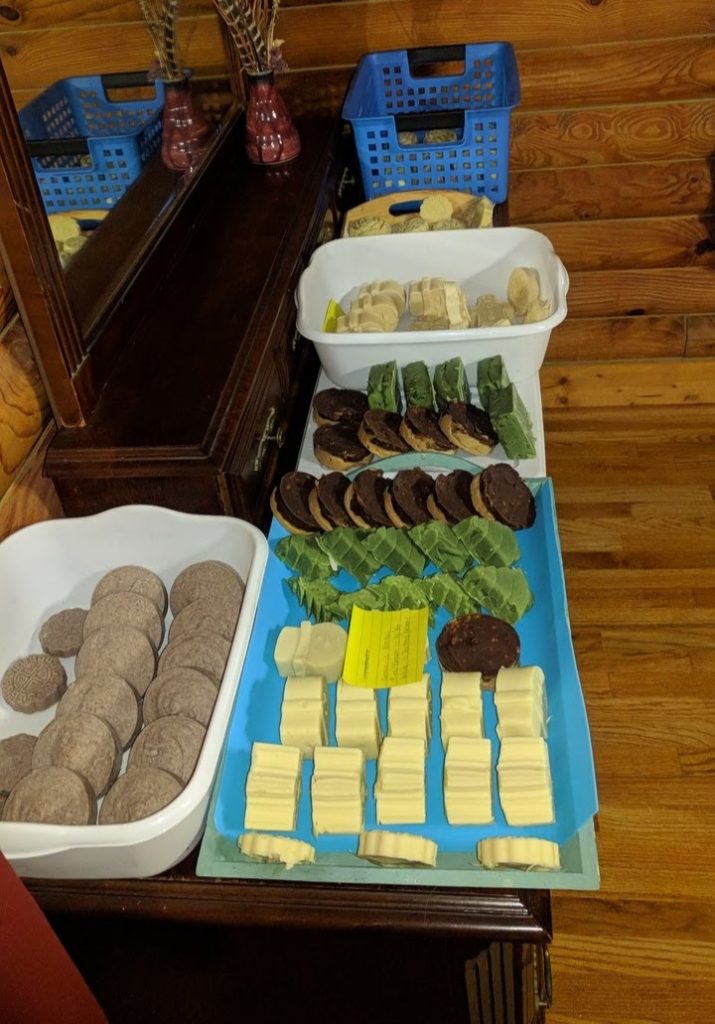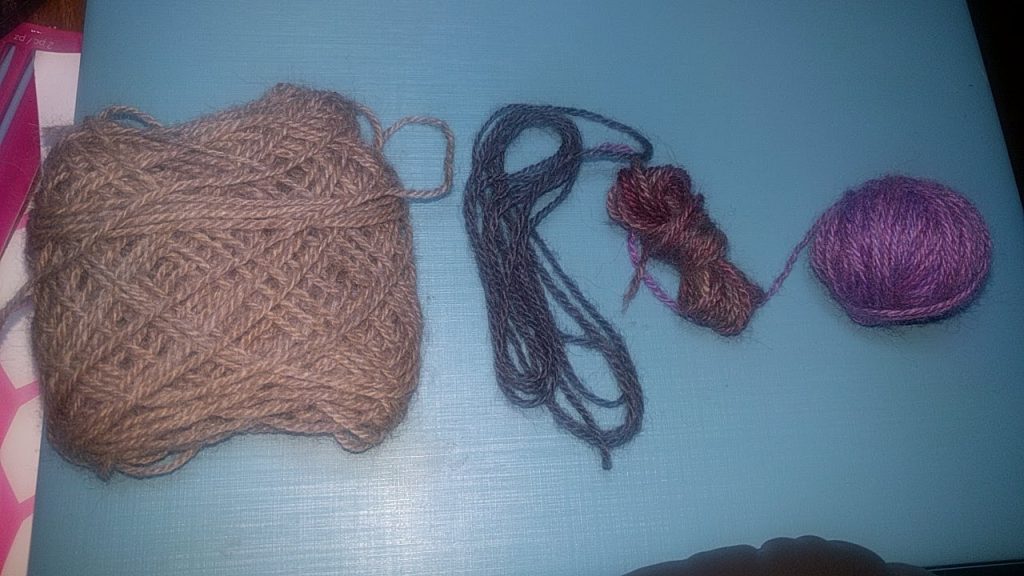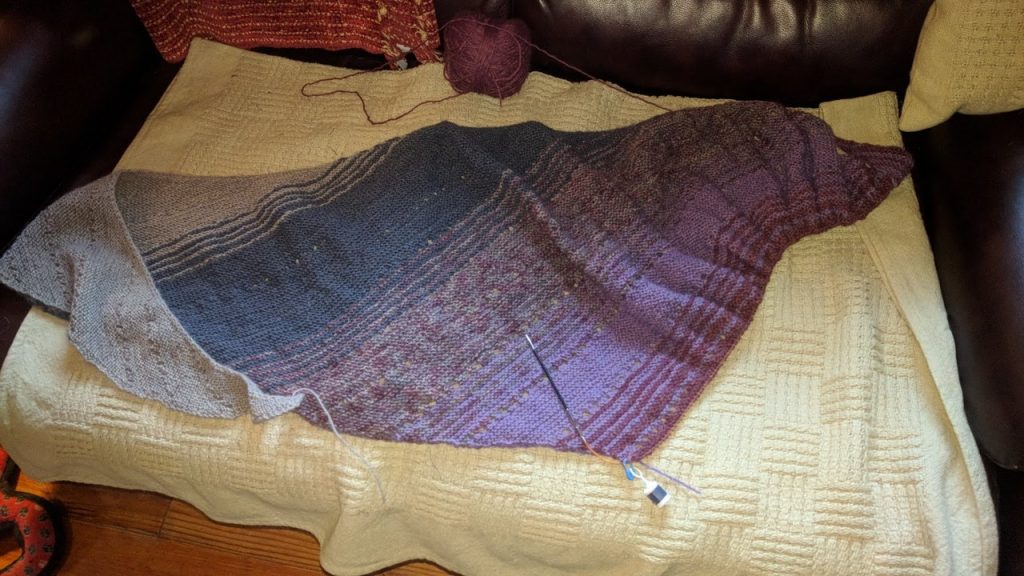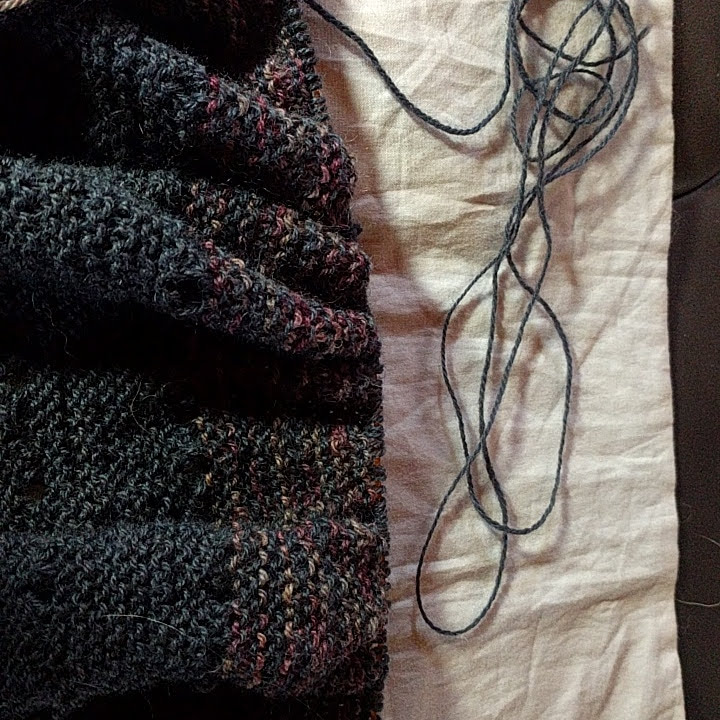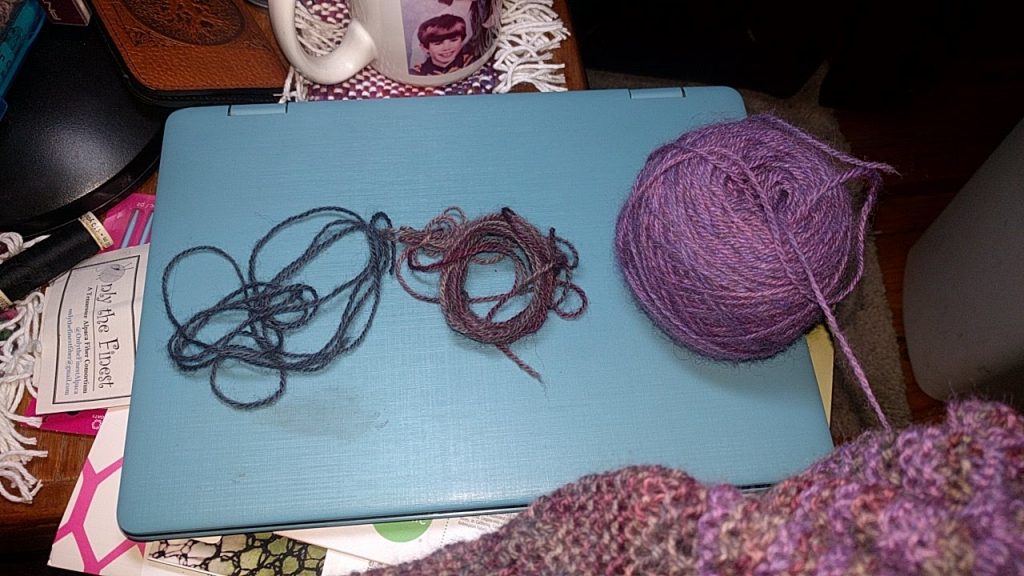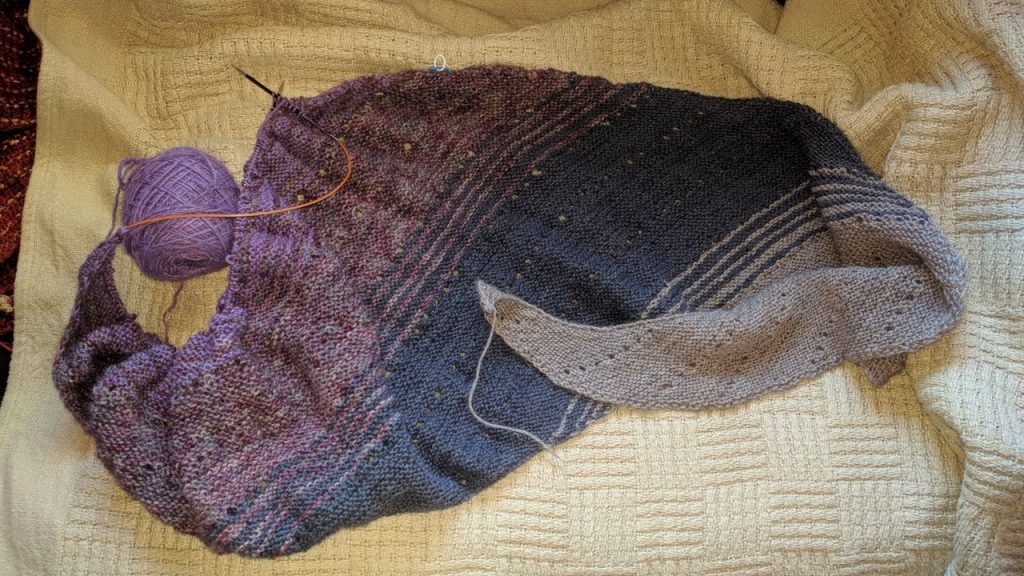My knitting adventure like most of my other crafts is mostly self taught. I tried to take up knitting as a teen as I watched the women in the back of the gift/knit shop. They, in my young eyes, were “old ladies” but the process was fascinating. I am left handed, pretty dominantly left handed, and though they were eager to sell me a sweater’s worth of yarn, a pattern, and demonstrate the basics, I was pretty much on my own. The sweater ended up a disaster. Teaching a lefty when you are right handed, or vice versa can be tricky, and allowing a brand new knitter to start with a sweater is just not fair. This was many, many years ago. I had an adult friend that had already taught me to crochet with very fine cotton and tiny hooks, and I did some basic crewel work (mostly hand monogramming) so I should have been able to learn knitting. I gave up and returned to crochet, making many afghans, a couple of vest type tops, a pillow or two, and a couple of baby blankets. Then my interest changed to counted cross stitch and making split reed baskets, learning smocking and french hand sewing, and calligraphy.
None of these crafts required a lot of equipment, all self taught except for the smocking, hand sewing, and calligraphy. About a decade and a half ago, I found out I was going to become a grandmom and I wanted to make baby things, lots and lots of baby things from organic cotton, soft undyed wool. Shirts, soakers, socks, sweaters, knitted long pants and so I started over with knitting needles, a paperback booklet of basic stitches, wool and cotton bought over the internet, and making more and more baby clothes.
After moving to our mountain area from the coast, working a few more years while our retirement home was completed and waiting to turn old enough for social security benefits, I joined a knitting group and even worked part time after retirement at a local yarn shop for a short time. The ladies there were so much more knowledgeable about knitting and I could ask questions, be taught (patiently) by them and improved my skills. One of the women remarked how slowly I knitted. This woman used mostly heavier weight yarns and larger needles while I was using smaller needles and smaller than worsted yarn for the most part. Her comment stung for some reason, though she was at least a couple decades younger than I, and by then I had already developed arthritis in one hand that required surgery and a cast for 5 weeks.
I learned to change my knitting style to take some of the strain off of that hand and it did speed up my knitting some, but I’m not in competition, I am not a production knitter, I don’t have to be a speed knitter. I knit for the joy and relaxation that it brings me. I have friends that finish large shawls and sweaters in days, it takes me weeks. Knitters who can knock out a pair of socks in a day or two, it takes me ten times longer, but I doubt they enjoy what they make any more than I do what I make.
It is a process, not a contest. And I am grateful to those who were willing to teach me, not critique, I can read a pattern, a knitting chart, design a pattern, adjust one to make it fit me or the person for whom it is being made. So I am a slow knitter, so what!

